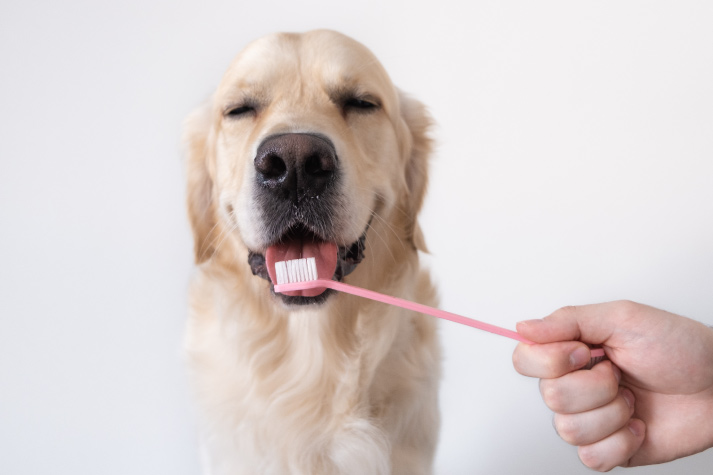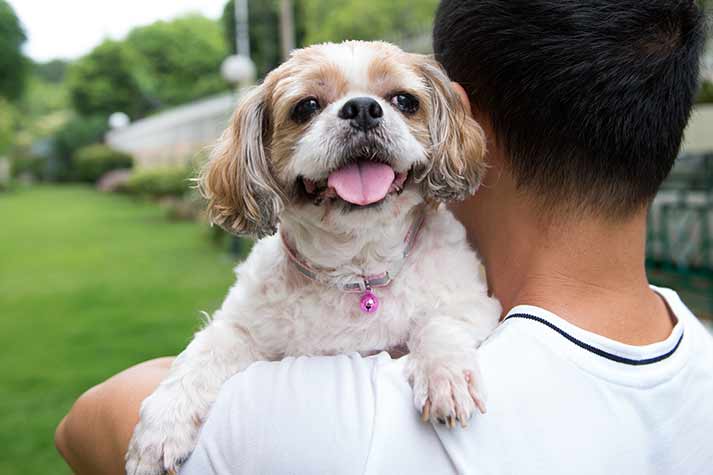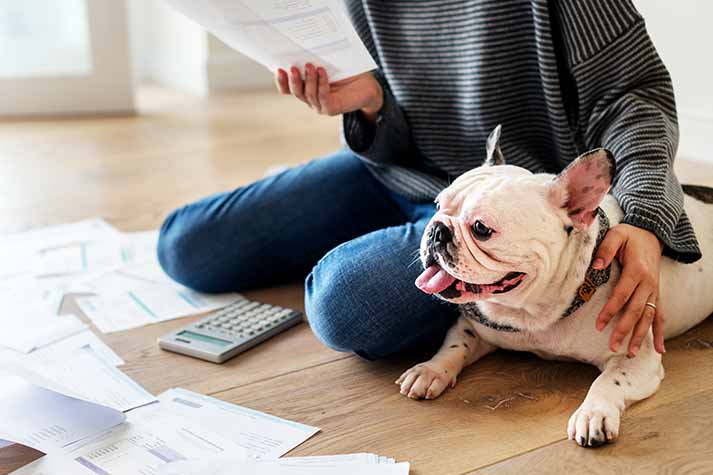
26 Aug
How to Brush Your Pet’s Teeth the Right Way
Our pets need dental care just like we do. In fact, veterinarians recommend taking your pet for a professional teeth cleaning at least once a year. But you can also maintain your pet’s oral hygiene at home, just as you do for yourself, by brushing their teeth regularly. This guide will show you how to brush your dog’s teeth at home, share practical dental care tips, and offer expert-backed advice to keep your furry friend’s smile healthy.
Why Pet Dental Hygiene Matters
Plaque and tartar buildup on pets’ teeth can quickly lead to gum disease, pain, and more serious health problems for both cats and dogs. Studies show that up to 80% of dogs and 70% of cats develop signs of dental disease by age three. Regular brushing not only keeps breath fresh, but also protects pets’ hearts, kidneys, and general health.
How to Brush Your Dog’s teeth at Home
Brushing your dog’s teeth at home is easy if you approach with patience and the right method.
- Start Slowly: Introduce the toothbrush and pet-safe toothpaste gradually, letting the dog first lick toothpaste from your finger.
- Positioning: Make brushing a calming ritual by choosing a quiet time. For small dogs, hold them in your lap and for bigger breeds, sit beside them at their level.
- Test Willingness: Before using the brush, gently rub your dog’s gums and teeth with your finger to get them used to the sensation.
- Use the Right Brush: Specialized dog toothbrushes which are angled, multi-headed, or finger brushes that make it easier and safer. Always use pet toothpaste, never human formulations, which can be harmful.
- Brushing Technique: Gently lift the lips to access teeth. Brush the outside surfaces in small, circular motions, focusing on the gum line and large cheek teeth where most plaque gathers.
- Duration: Brush each side for 30 seconds to a minute; overall, don’t stress if you can’t reach every tooth until your pet is fully comfortable.
- Positive Reinforcement: Give plenty of treats and praise during and after each session to keep the experience positive.
Cat and Dog Dental Care Tips
- Consistency: Aim to brush daily, or at least several times a week, consistency prevents problems and keeps oral hygiene optimal.
- Pet-Safe Products: Use enzymatic toothpaste and brushes designed specifically for pets. Dog toothpaste flavors like chicken or mint might make brushing more pleasant.
- Chews and Toys: Dental chews and toys supplement brushing by mechanically reducing plaque and tartar.
- Diet: High-quality pet foods designed for dental health support clean teeth and healthy gums.
- Vet Visits: Regular professional cleanings and check-ups are key to catching problems early.
- Other Aids: If brushing is stressful, dental wipes, water additives, and oral gels are good alternatives.
Pet Oral Hygiene During Relocation
Relocating can be stressful and disrupt routines for both pets and their owners, but maintaining oral hygiene shouldn’t be overlooked during this time. One way to stay on track is by packing a travel-friendly dental kit, including a finger brush or travel-size toothbrush and pet-safe toothpaste.
Try to stick to your pet’s regular brushing schedule as much as possible, as consistency provides comfort during the upheaval. Ensure access to clean drinking water, especially if moving to a new region, and consider using dental chews or treats to supplement brushing when time or access is limited. Finally, create a calm environment for brushing and use positive reinforcement to help reduce your pet’s stress.
Best Toothbrushes for Dogs and Cats
Here are the main types of toothbrushes and how they fit different pet needs:
- Soft Bristle Pet Brush: Gentle, effective for plaque removal. Suitable for most dogs and cats.
- Finger Toothbrush: Provides easy control and is a great introduction for nervous pets. Ideal for puppies, kittens, and small pets.
- Double-ended Toothbrush: Features both big and small brush heads, making it easy to reach all teeth. Great for multi-pet households.
- VOHC Recommended Brands: Vet-approved for safety and efficacy. This is suitable for all breeds.
Troubleshooting Common Challenges
If your pet resists brushing, take it slow, use positive reinforcement, and be patient. If resistance continues, you can try alternatives such as dental wipes or chews. Bad breath or bleeding gums may signal underlying dental issues, so it’s important to consult a veterinarian for a professional evaluation and possible cleaning. When brushing, focus mainly on the outer surfaces of the teeth, as your pet’s tongue naturally helps clean the inner areas.
Final Thoughts
Maintaining your pet’s dental hygiene is simple, effective, and pays off with better health, fewer vet bills, and happier lives. With the right tools, techniques, and consistency, anyone can master brushing their dog or cat’s teeth at home, even during relocation. Choose a soft, pet-approved toothbrush, stick to a regular routine, and always consult with your veterinarian for tailored advice and support.






AUTHOR’S BIO
Carry My Pet
Passionate pet enthusiasts and globetrotters, dedicated to easing furry friends' journeys worldwide. Penning tales of compassion at CarryMyPet, where every relocation is a tail-wagging adventure.